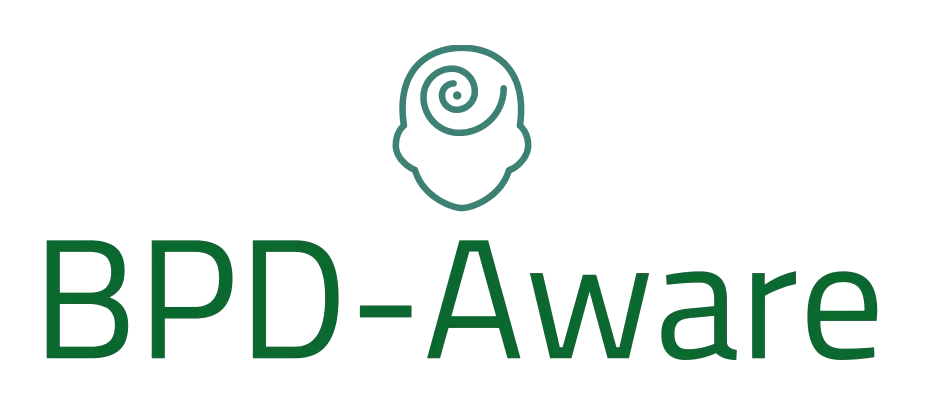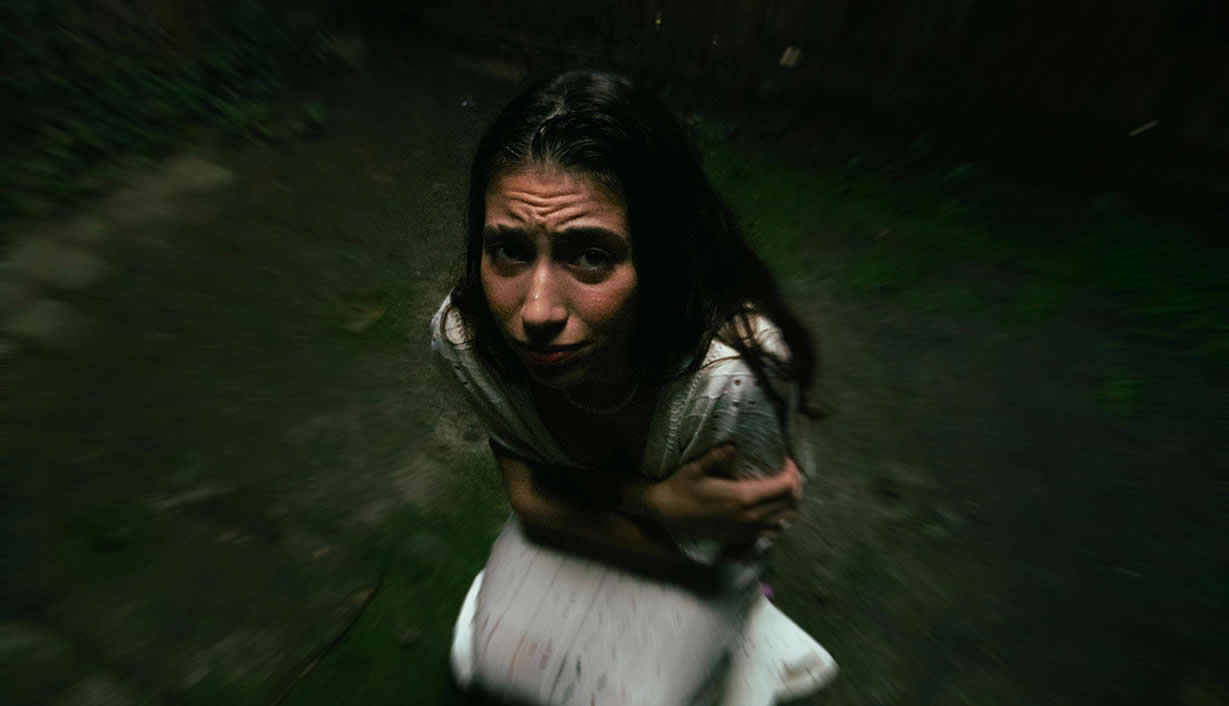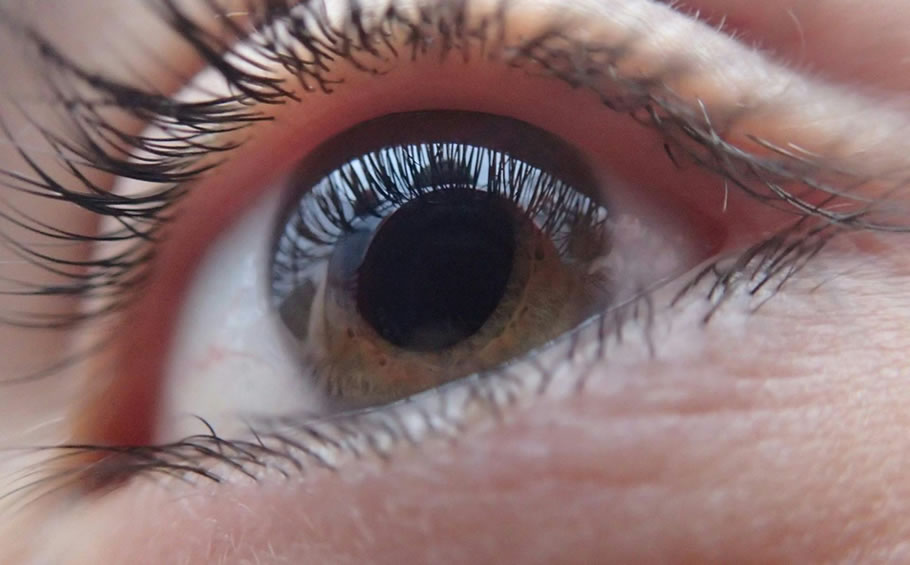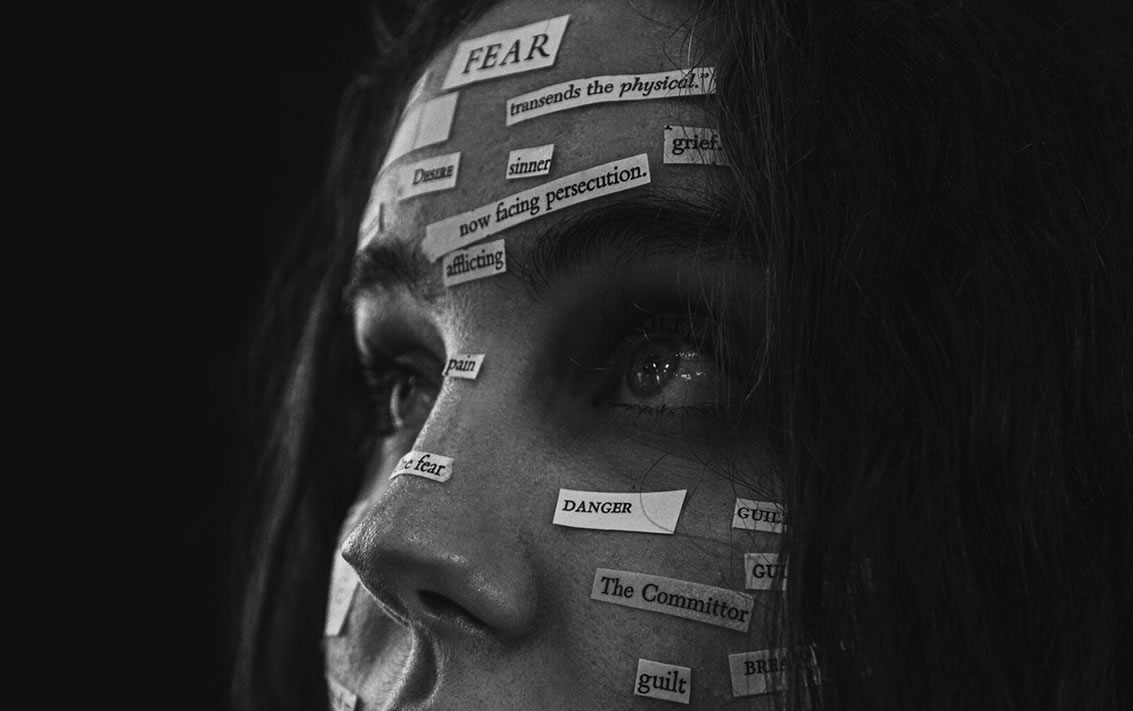Systems Training for Emotional Predictability and Problem Solving (STEPPS) was developed in the late 1990s by Dr. Nancee Blum, an expert in the field of psychiatry. The STEPPS program has been shown to be helpful for people with Borderline Personality Disorder (BPD) when used in addition to other treatment.
STEPPS can complement other therapeutic approaches such as Dialectical Behavior Therapy and Schema Therapy. By offering a structured, skills-orientated program, STEPPS can help to reduce the symptoms of BPD. It has proven effective in improving emotional regulation and problem-solving skills.
Since its inception, STEPPS has evolved to become more widely recognized as one of the most successful methods for treating BPD. It’s used around the world to help treat BPD but has become a prevalent method of treatment in the UK and several other European nations.
Key Components of STEPPS
Psychoeducation: Participants will be educated on Borderline Personality Disorder, the symptoms, and the causes. By increasing their awareness and understanding of BPD, participants can begin to recognize the patterns and triggers that exacerbate their symptoms. This knowledge forms the foundation for the skills training that follows.
Skills Training: Participants are taught vital skills and techniques that promote healthier thought patterns and behaviors. Participants learn to recognize and challenge their negative thoughts and behaviors such as black-and-white thinking and catastrophizing. These skills are taught in a step-by-step manner, allowing participants to gradually build their skills over the course of the program. effectiveness.
Emotional Regulation Strategies: Emotional dysregulation is a core symptom of BPD, as such an emphasis is placed on teaching participants skills to identify, tolerate, and control intense emotions. This involves teaching participants to identify and label their emotions accurately, as well as how to modulate their emotional responses in a more controlled and adaptive way. Techniques taught in this step include progressive muscle relaxation, deep breathing exercises, and cognitive reframing.
Problem-Solving Techniques: Problem-solving is another critical component of STEPPS. Participants are taught to tackle problems by breaking them down into manageable steps and exploring all potential solutions. This process helps people with BPD to better cope with challenges they come across in their daily lives and reduce the feeling of being overwhelmed.
Relapse Prevention: Participants are taught how to prevent relapsing into maladaptive thoughts and behavior through ongoing self-monitoring and relapse prevention planning. This helps to maintain positive progress made throughout treatment.

STEPPS and Its 3 Variants
There are actually three different versions of the STEPPS program that can be used to treat people with BPD or those with early warning signs of BPD.
- STEPPS 2nd Edition: The second edition of STEPPS takes the original program and improves upon it with several additions and changes. These changes were made after consulting with facilitators and participants to find what could be done better to improve the program and make it a more effective form of treatment.
- STEPPS YP: STEPPS YP (Younger People) was designed to help young people who struggle with emotional intensity but may be considered too young to be formally diagnosed with BPD. People under the age of 18 can find it hard to receive an official diagnosis and don’t receive the help they need as a result. The STEPPS YP program is designed to help younger people tackle their emotional intensity before it can become a bigger problem.
- STEPPS EI: STEPPS EI (Early Intervention) was developed for people with difficulties controlling their emotions who might not otherwise meet the criteria to be diagnosed with BPD.
The Structure of the STEPPS Program
The standard STEPPS program runs for 20 weeks, with each session lasting approximately 90 minutes. These sessions are held weekly. STEPPS takes place in a group environment, with the number of participants typically varying between 6-10. STEPPS can take place either online or in person. The program is led by two trainers, both mental health professionals.
The length of the STEPPS program, combined with the group therapy format, allows plenty of time to learn new skills and techniques at a steady pace in a supportive environment. Another benefit of the group environment is that it allows each participant to practice their interpersonal skills among people with similar struggles.
Active participation is encouraged, with homework assignments being given to reinforce the skills and lessons learned within the latest session. Participants are also encouraged to share appropriate topics from the program with close friends and family. It’s hoped that this can help nurture a strong support network for the person with BPD.
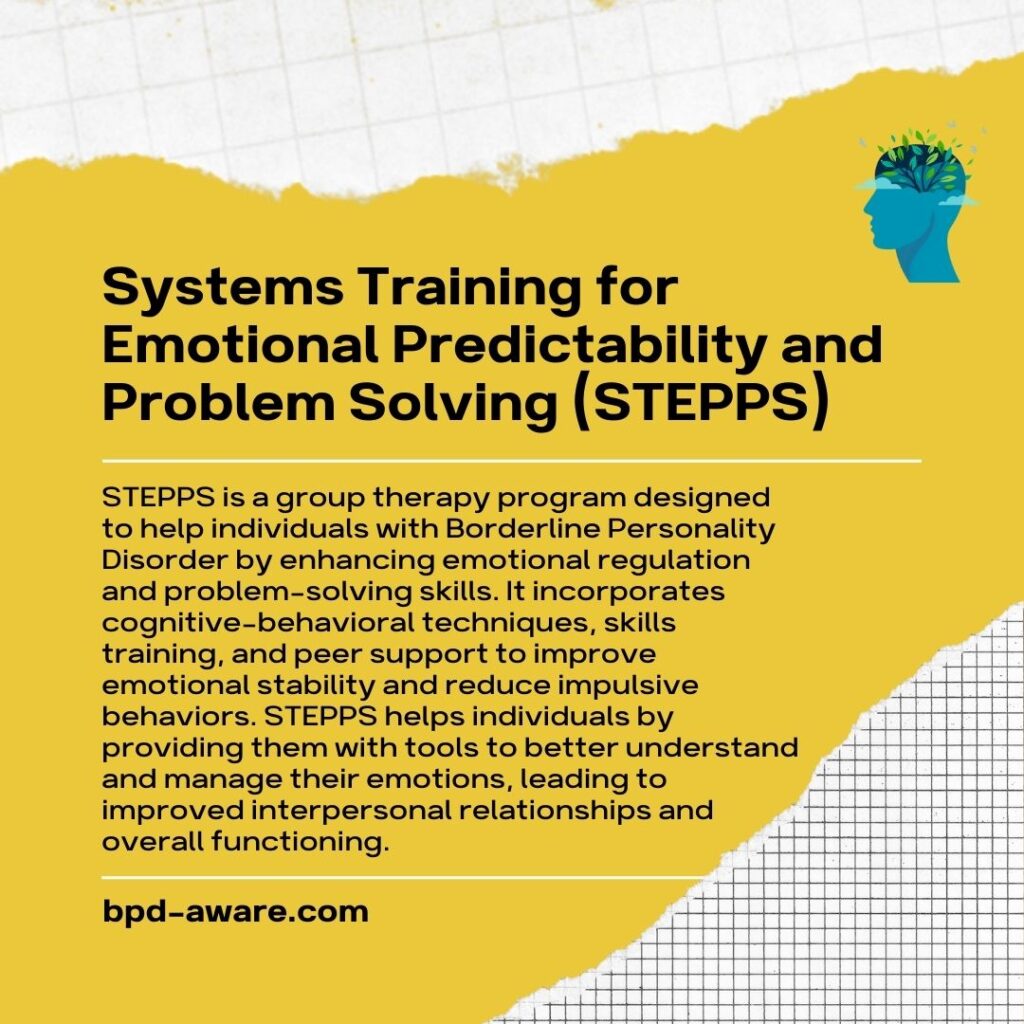
How Successful is STEPPS in Treating BPD?
The million-dollar question for any form of therapy is just how successful has it proven to be. The success rate of STEPPS in treating BPD has shown promising results in a number of studies. Research has found that STEPPS can significantly reduce symptoms of BPD, particularly impulsivity, emotional instability, and interpersonal difficulties when added to standard treatment.
One study demonstrated that participants who took part in the STEPPS program (along with standard treatment) experienced a more substantial reduction in symptoms than those who underwent standard treatment alone. Improvements in overall functioning were also observed.
However, it’s worth noting that while the effects of the program were significant during treatment, they tended to stabilize rather than carry on improving following completion of the STEPPS program.
It’s also worth stating once more that STEPPS isn’t intended to be a stand-alone treatment for BPD. It’s supposed to complement other forms of treatment such as Dialectical Behavior Therapy, Schema Therapy, and Transference-Focused Therapy. While STEPPS is available for free in the UK and at a very low cost around Europe, it can still be expensive in other parts of the world such as the US. The added expense of a complementary treatment might be beyond what some people can afford, as could the time and energy it takes to complete the program.
Sources, Resources, and Further Reading
- Systems Training for Emotional Predictability and Problem Solving (STEPPS) for Outpatients With Borderline Personality Disorder: https://pmc.ncbi.nlm.nih.gov/articles/PMC3608469/
- STEPPS For Borderline Personality Disorder: https://www.mentalhealth.com/library/stepps-for-borderline-personality-disorder
- STEPPS: A Viable Supplement to Treatment of Borderline Personality Disorder: https://www.psychiatrictimes.com/view/stepps-viable-supplement-treatment-borderline-personality-disorder
